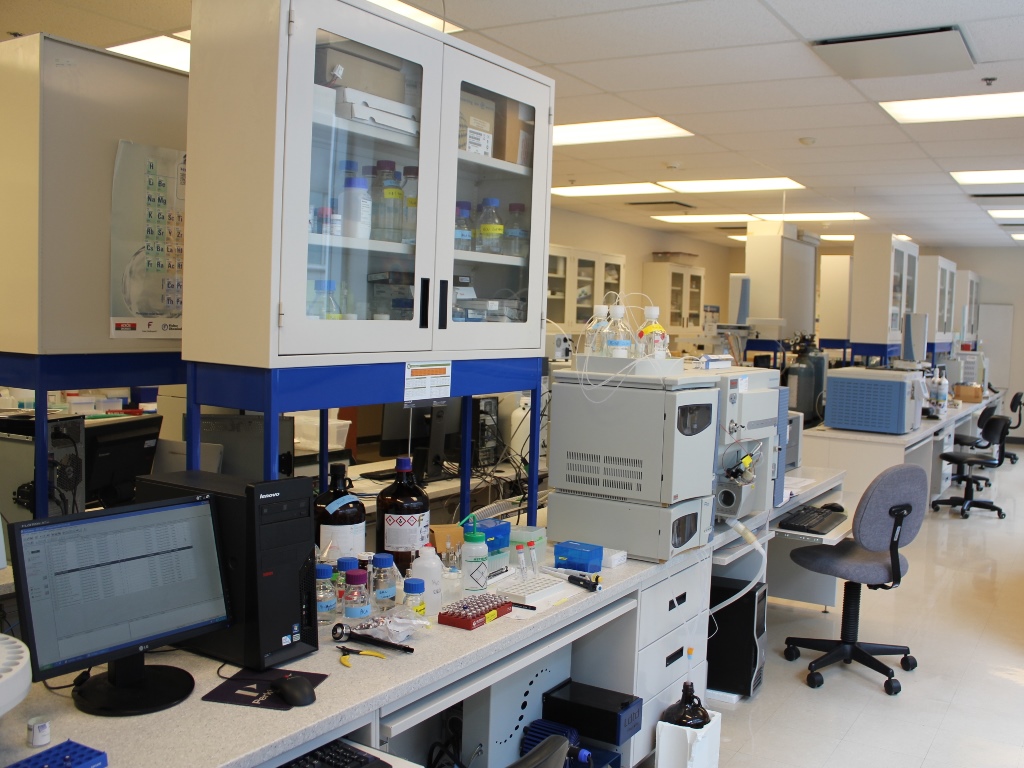The PGQ’s research teams benefit from first-class laboratories to which the entire regional geoscience community has access.
Joint library
Natural Resources Canada’s library in Quebec City and INRS Service de documentation et d’information spécialisées share expertise, tools and documentary resources. Natural Resources Canada maintains a collection of reports, books, scientific journals, specialized maps, and other geoscience documents. This collection focuses on regional geology, mineralogy, structural geology, tectonics, stratigraphy, petrology, hydrogeology, Quaternary geology, and geomorphology. INRS Eau Terre Environnement Research Centre has a specialized collection in water and environmental sciences, particularly in hydrogeology, hydrology, ecotoxicology, biogeochemistry and water pollution, climate change, and waste treatment and reclamation.
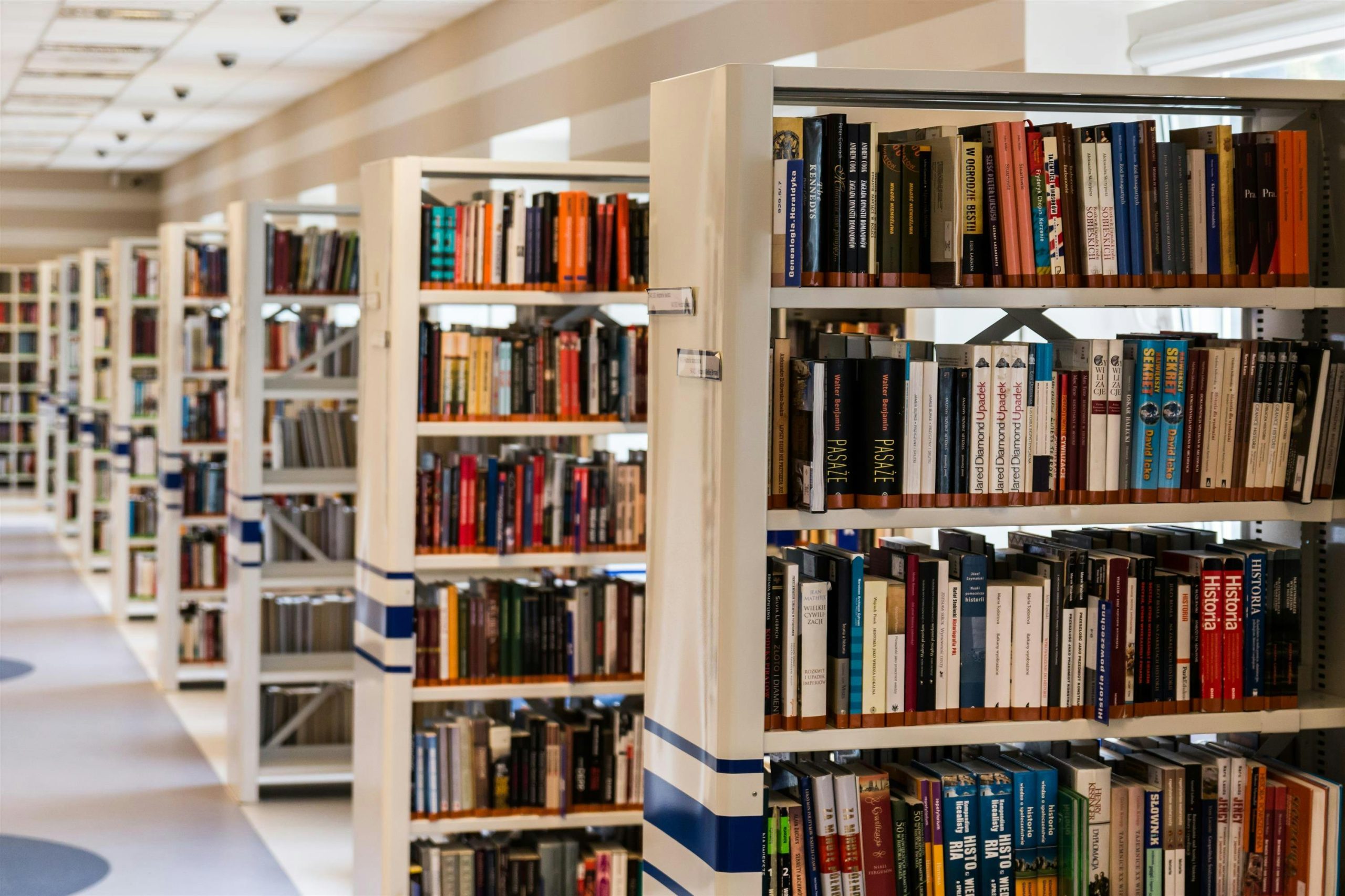
Geological Survey of Canada laboratories
Dendrochronology and Dendrogeochemistry Laboratory
This laboratory is fully equipped and staffed with the expertise required for tree sampling, sample preparation (cutting and sanding workshop), tree-ring dating, analysis of the physical and anatomical parameters of radial tree growth, and the statistical and graphical processing of data. Tree-ring width measurements are performed using a Velmex micrometer (precision 0.001 mm) coupled with a digital data encoding unit or through a digitized image analysis system (Lignovision™) that automatically recognizes ring boundaries and measures their width at a resolution of 0.001 mm. Several binocular microscopes (40X), as well as a dual teaching microscope, facilitate the observation of wood samples and the precise dating of tree-ring sequences. A camera connected to a binocular microscope allows for the production of high-quality images. The laboratory also has the instrumentation and expertise to prepare samples (separating growth rings) for geochemical and isotopic analysis. It notably includes several high-precision microtomes, including an electronic rotary microtome (Thermo Scientific Microm HM 340 E). The physical characteristics (width and density) and geochemical properties (nutrient elements, trace metals, and isotopes) of the growth rings are used to reconstruct past climatic conditions, study the dynamics of Earth processes, document the temporal evolution of anthropogenic contamination, distinguish its sources, and assess its impacts on environments. A Zeiss Axio Imager microscope with transmitted and reflected light, coupled with specialized software, enables identification and image production for both biological and geological applications. Subsamples can also be weighed with an analytical balance for submission to laboratories.
For more information, contact Joëlle Marion
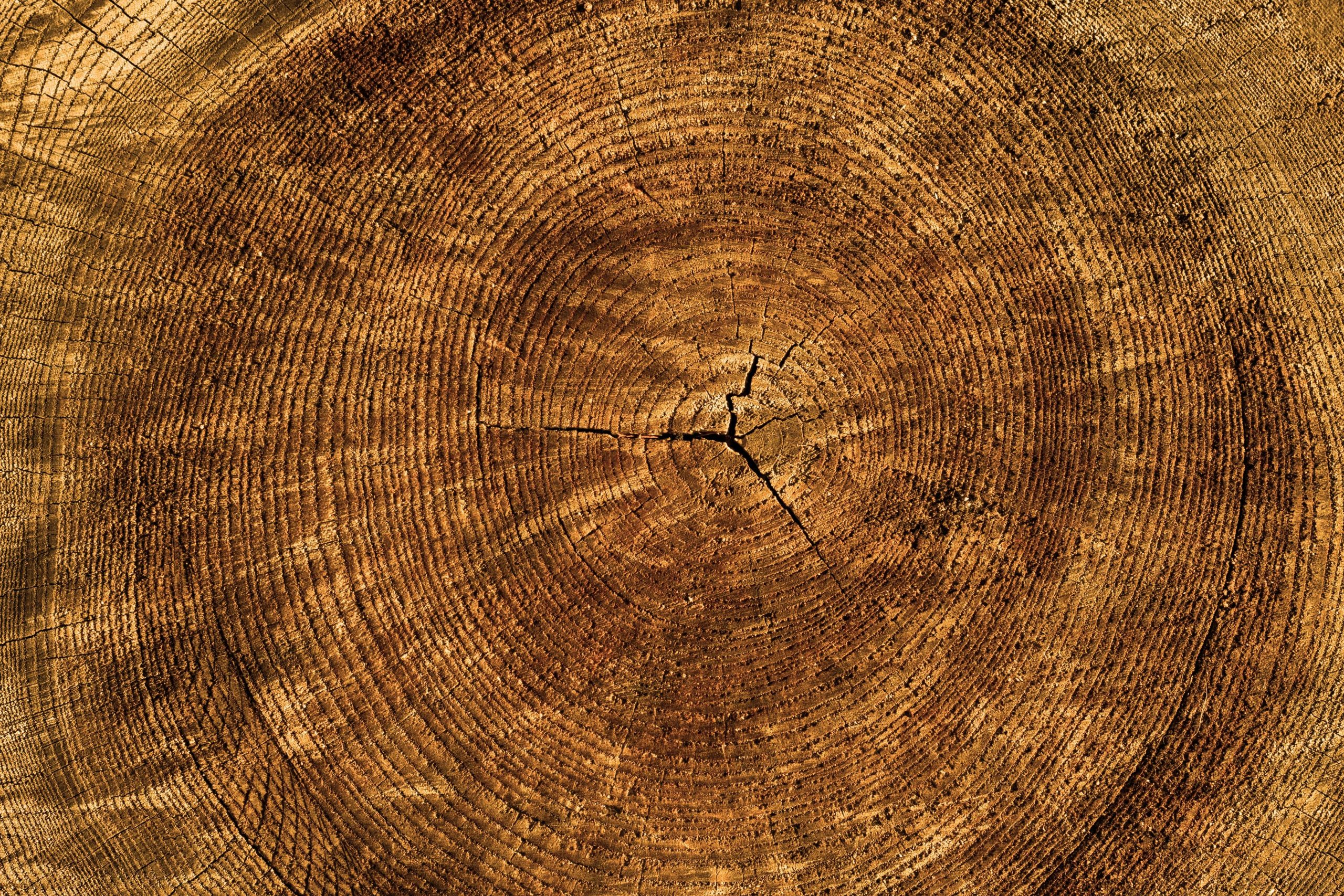
Digital Mapping and Photogrammetry Laboratory (DMPL)
The DMPL’s multidisciplinary team specializes in geoscientific data management and brings together complementary expertise in geology, geomatics, geography, cartography, physics, and field data collection. The DMPL relies on state-of-the-art equipment to fulfill its mission. The laboratory offers high-quality expertise and services in the production, management, and dissemination of geoscientific data and applications, and leverages its knowledge to structure and support methodological developments that are reused in various research projects at the Geological Survey of Canada. The DMPL supports fieldwork through the following services: development of field data collection applications; acquisition of imagery and sampling using drones; on-site IT support; and the loan of mobile IT equipment. The laboratory also handles data processing and management through the design, modelling, and administration of spatial databases; conducting spatial analyses; disseminating data through services or applications; digitizing paper documents; compiling historical data; and performing technical drawing. The DMPL is equipped with specialized computer hardware and software, as well as large-format printers and scanners and 3D photogrammetric equipment.

Hydrogeology and Environmental Characterization Laboratory
This laboratory is equipped with tools and instruments for aquifer characterization and groundwater monitoring, including pumps of various types and sizes, different types of probes (pressure transducers, multiparameter probes, and dissolved gas sensors), flow meters, permeameters, as well as the necessary equipment for water sampling (e.g., pipettes, HydraSleeve bags, sampling cells, etc.) according to the needs and specificities of the site and project. Sieves are also available for grain size analyses. A wide range of chemical analyses can be performed in-house at the Delta-Lab and the INRS laboratories.
For more information, contact Christine Rivard
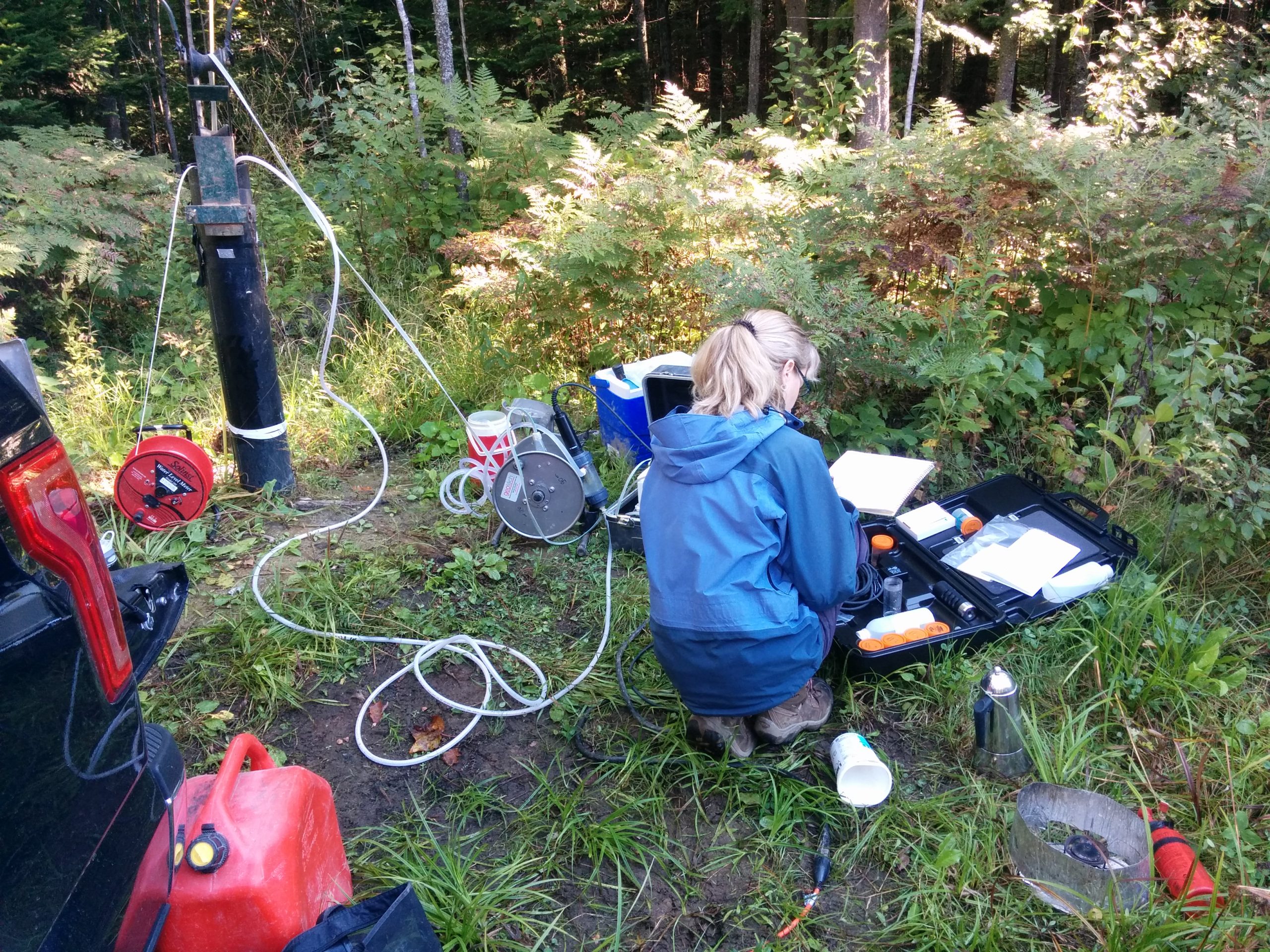
Stable Isotope Geochemistry Laboratory (Delta-Lab)
The Delta-Lab is a stable isotope laboratory dedicated to state-of-the-art research and development in mass spectrometry. This unique laboratory in Canada provides innovative solutions to research questions in environmental geosciences, as well as basin and mineral deposit analysis. Advanced methods are used to measure stables isotopes (i.e. non-radiogenic) of hydrogen, nitrogen, carbon, oxygen, and sulfur, as well as clumped isotopes of CO2. These analyses include atmospheric and hydrospheric contaminant plumes, dendrochronological series, lake sediments, permafrost, peat, and other geological systems. In addition to helping us understand cumulative effects on the environment, these approaches also enable us to reconstruct the paleoclimate that distinguish natural changes from anthropogenic impacts over time. Basin and mineral deposit analysis involves the application of clumped heavy isotopes of CO2, extracted from carbonates to reconstruct their formation temperatures. The Delta-Lab is engaged in the fields of energy, environmental technologies and services, forestry and forest industry, mining, minerals and metals, as well as in paleoclimatology.
For more information, contact Guillaume Barré

INRS Eau Terre Environnement Research Centre laboratories
Applied Geoscience Laboratory
This lab conducts geophysical studies for mineral, oil, and gas exploration, geotechnics, and even archeology. The research facility has the required equipment and expertise for geoelectrical tomography, electromagnetic induction, and gravity, radiometric, aquatic, magnetometry, and audiomagnetotelluric surveys, as well as field logistics.
For more information, visit the lab webpage

Contaminant Hydrogeology Laboratory
This lab can be operated at cold temperatures. It consists of two large-scale experimental tanks in which remediation experiments can be performed under controlled conditions that simulate field conditions. The tanks contain 4 to 9 m3 of soil from contaminated sites or clean soil to which specific contaminants can be added. The following equipment are also available: columns of different heights, 5 m3 tanks containing the injection solutions, and measuring instruments for characterizing soils and aqueous and organic phases sampled during the tests.

Direct Push and Rotary Percussion Sounding System for Aquifer Characterization
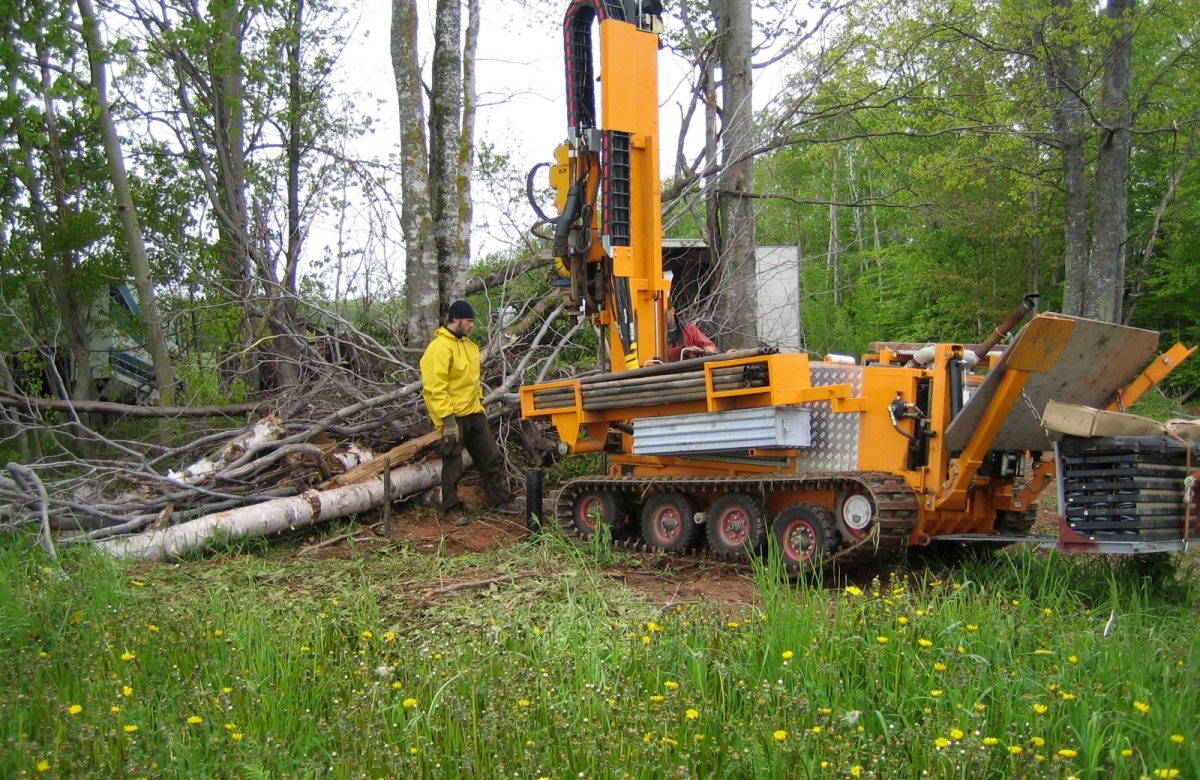
Environmental Hydraulics Laboratory
For more information, visit the lab webpage

Geochemistry, Imaging, and Radiography of Sediments Laboratory
The main equipment is the ITRAX Core Scanner, a non-destructive tool using ultra high-resolution (100 µm) micro X-ray fluorescence for radiographic and chemical analysis of rocks and sediments. Most elements, from aluminum to uranium, can be measured. The system can analyze half-cores and U-channels up to 1.8 m in length, rocks, drill cuttings and other fine materials. Very high-resolution radiography and photography of the sample are also taken. The Zeiss EVO® 50 SmartSEM scanning electron microscope provides high-resolution images of the surface and composition of solid materials at magnifications ranging from 100 X to 60 000 X.
For more information, visit the lab webpage
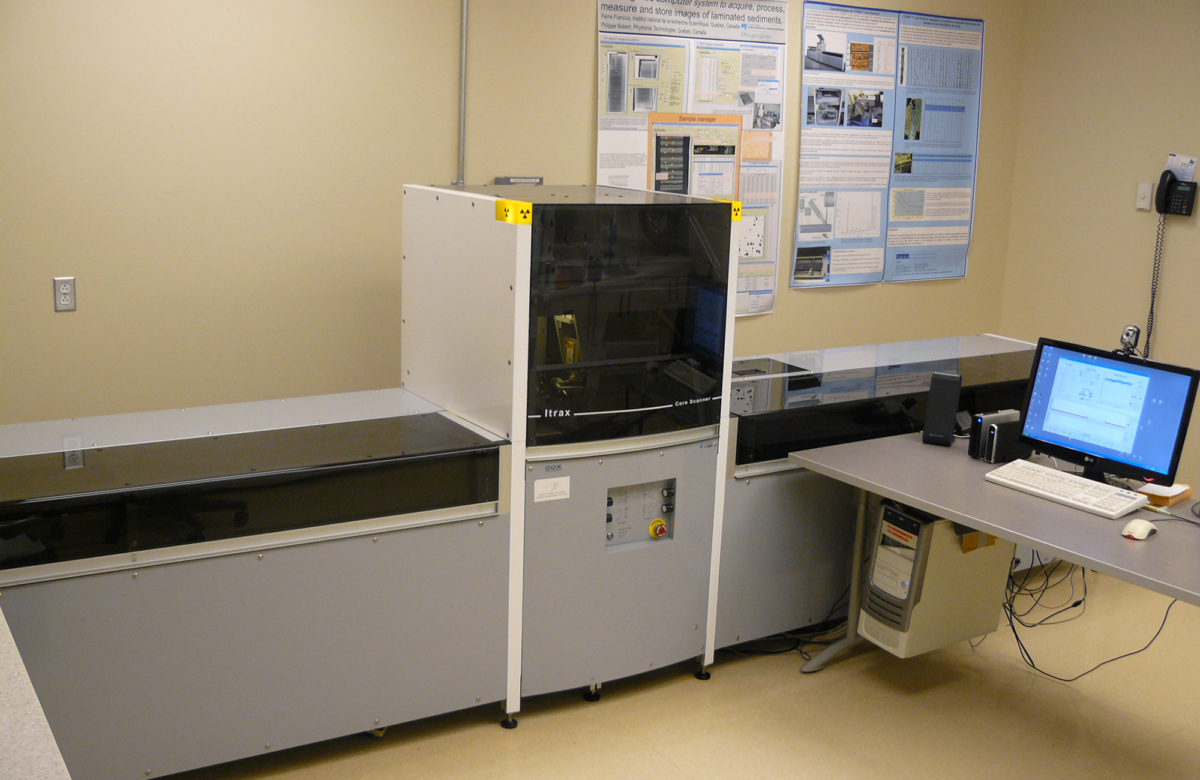
Geothermal Open Laboratory
This lab is used to measure the thermal and hydraulic properties of geological materials. The research aims at a better understanding of underground heat transfer and flow phenomena for reducing technical risks in geothermal energy. The results of the analyses are recorded in a database of the thermal and hydraulic properties of different rock types, and are available on the Web three years after the analyses. It is an open access laboratory, modeled after open-source software. The lab is equiped with a thermal conductivity scanner, portable electronic divided bar, needle probe, TRT unit with heating cables, combined permeameter and porosimeter, portable permeameter, and specialized cuttting devices.
For more information, visit the lab webpage
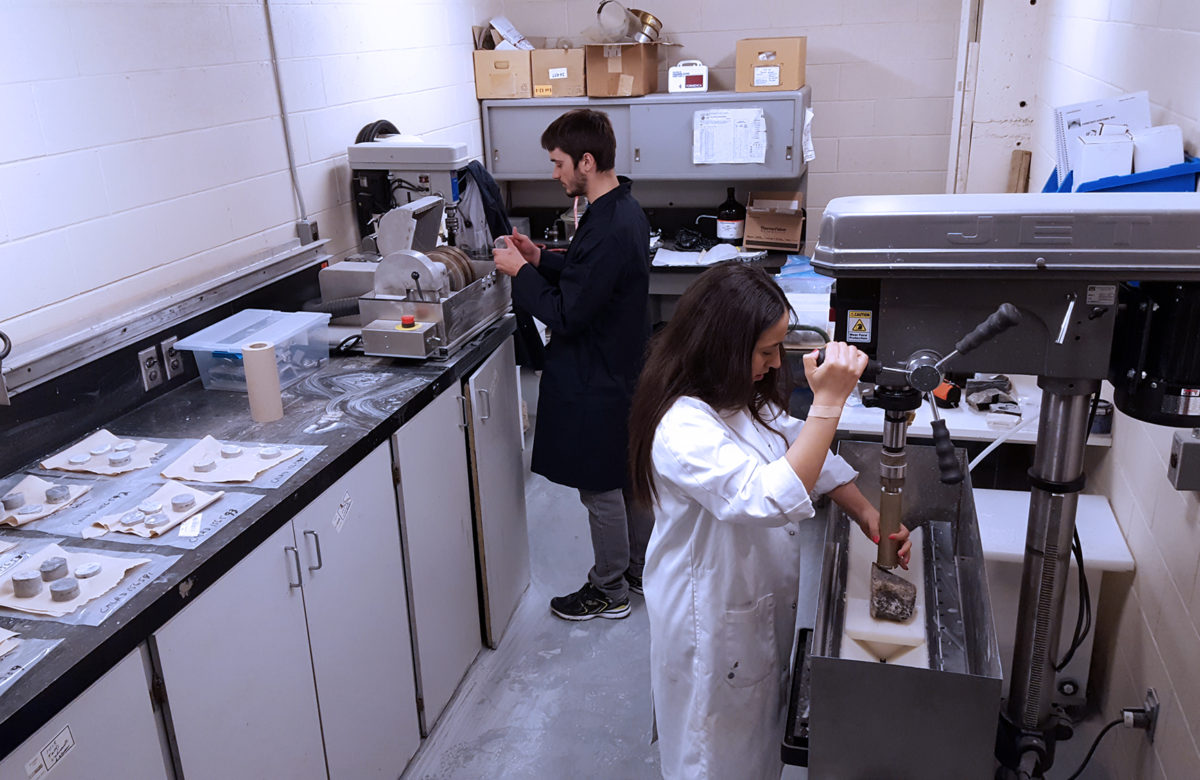
Mutlidisciplinary CT Scanning Laboratory
This lab comprises a CT scanner, a micro CT scanner, a data analysis and storage unit, small hydraulic channels with measuring instruments, and a complete sedimentology laboratory. This wordclass infrastructure is unique in Canada. It possesses several features that allow a large diversity of applications. The Siemens SOMATOM Definition AS+ 128 CT scanner is mounted on a 430 cm long rail system enabling the analysis of very large objects. It is equipped with the latest generation of Siemens Stellar detectors. The maximum image resolution is 97 x 97 microns/pixels, and slice thickness ranges from 0.4 to 15 mm. This customized medical scanner enables 4D dynamic study of solid structures and fluid flows using volumes obtained from sequences of simultaneous sub-millimeter images. The TESCAN microCT can achieve micron-level resolution on small samples, enabling the dynamic study of fast-moving phenomena. Analyses carried out in this lab can be applied to diverse fields such as geology, forestry, metallurgy, archaeology, paleontology, petrography, and civil engineering, as well as to dynamic phenomena such as fluid flows and shoreline erosion.

Physical Simulation Laboratory
For more information, visit the lab webpage
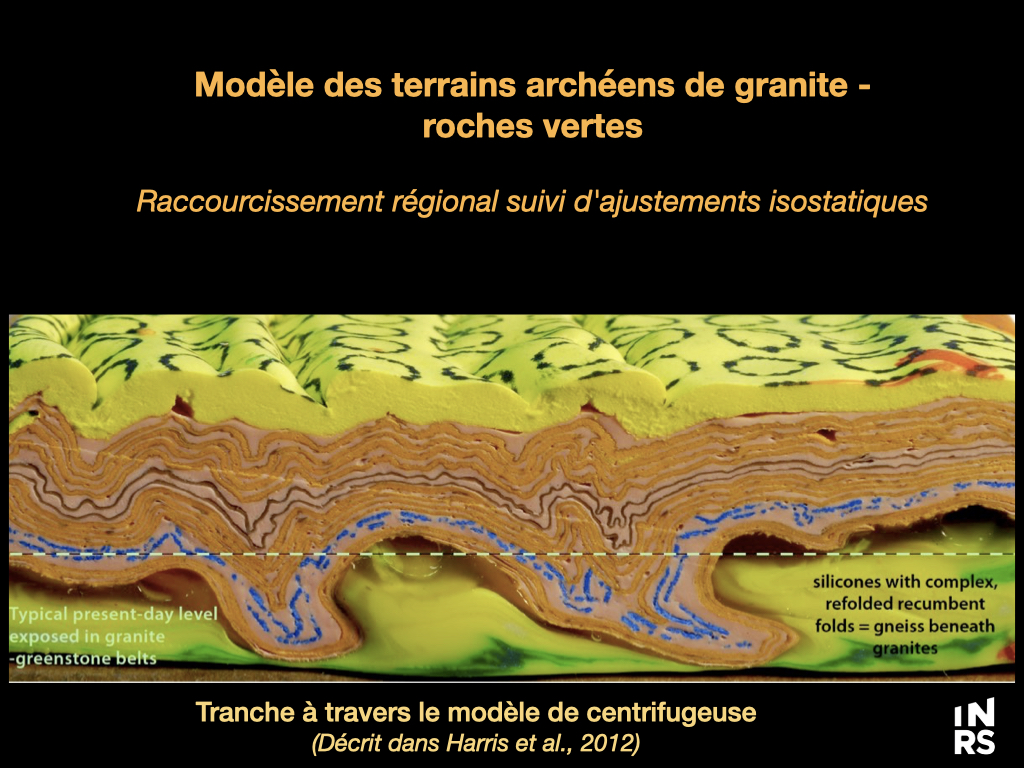
Remote Sensing Laboratories
The Environmental and Northern Remote Sensing Laboratory (TENOR Lab) offers the expertise, software, and instruments needed to develop Earth observation applications, with special emphasis on the cryosphere (snow, ice, frozen ground), water, and northern environments. Remote sensing satellites, aerial platforms such as drones, and in situ instruments are the primary Earth observation tools. The associated Laboratory for Environmental Remote Sensing By Drone (TED Lab) contributes to the advancement of knowledge and the development of technology for applying drone-acquired data to environmental problems. It comprises a lightweight airborne hyperspectral remote sensing system including several drones (helicopter and multi-rotor) that can lift up to 12 kg. The system can be equipped with different sensors: hyperspectral and multispectral cameras, thermal infrared camera, and standard camera.

Scanning Electron Microscopy Laboratory (SEM Lab)
The SEM Lab analyzes electron-matter interactions using the Zeiss EVO® 50 SmartSEM scanning electron microscope to create high-resolution images of the surface and composition of almost all solid materials at magnifications ranging from 100 X to 60 000 X, with a large depth of field. The microscope is equipped with a variety of sensors which make it a versatile tool that can be used for a wide range of analyses: determine a sample’s topography, identify heavy elements and determine particle size, analyze elemental composition and map element distribution.
For more information, visit the SEM Lab webpage

Shared Services Laboratory
The Shared Services Laboratory provide users with quality material and technical support. They have specialized laboratories as well as microscopy and sample preparation rooms. This facility features a full range of instruments for analyzing water samples by colorimetry, spectrophotometry, fluorometry, scintigraphy, and chromatography, as well as organic compounds and trace metals in various matrices. The Shared Services Laboratory includes a laboratory truck.
For more information, visit the Lab webpage
